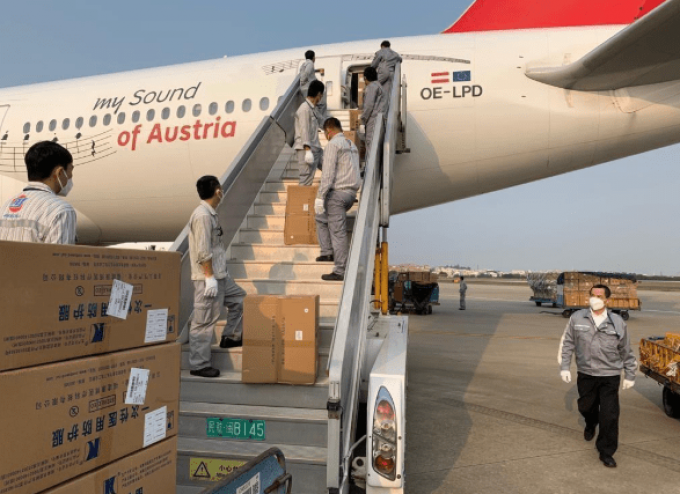'Another painful headache for shippers' as Asia-N Europe rate rally ends
It seems the recent container freight spot rate rally on the Asia-North Europe trade might ...

Air cargo volumes are considerably down on a year ago, but trucks are having to wait longer at large US airports to collect imported freight.
Forwarders also face earlier cut-offs for their exports to make it onto departing flights at large gateways.
“We’ve seen this mainly in ...

Comment on this article